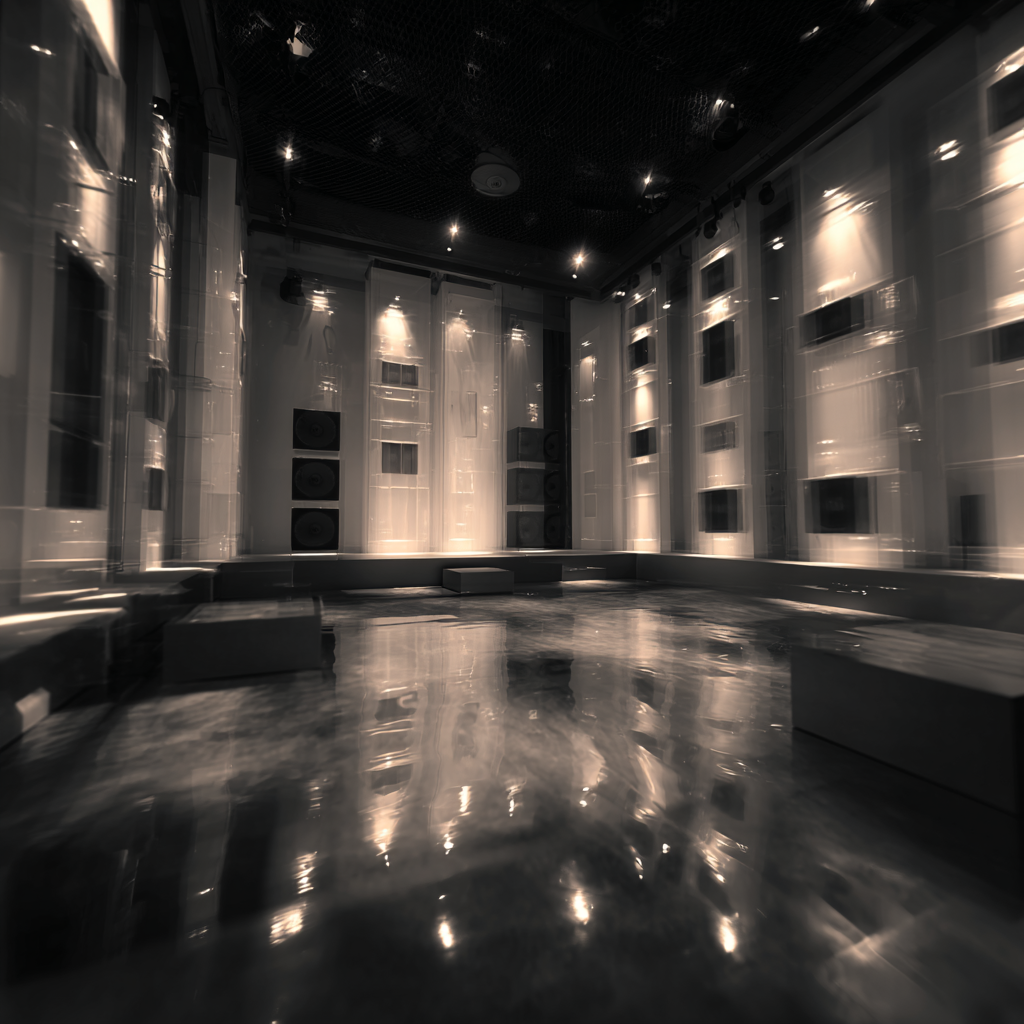
Shame flows, reddens your cheeks, melts your flesh, and makes your skin wet. Wet like a river that knows no dam.
The solid stones inside you begin to move, and you hear their sound from within. You want to be swallowed from the inside, to avoid encountering the gaze, to be devoured from within so as not to be seen, to melt inward so as not to feel, to shrink even more so that the gaze cannot find you.
If you eat yourself, do you disappear — or do you become double?
And what about your beauty?
Clinical experience teaches us that the visibility of desire brings shame;
but not because it is forbidden or because it would point to a lack — rather because in desire, we are outside ourselves. In desire, our consciousness is entirely in the objects; it dissolves into them, and the boundaries of the self become blurred. [...]
[The gaze of the Other] throws us back onto ourselves. This being-thrown-back-onto-oneself is experienced as shame. [1]
The sound installation is dedicated to the themes of desire and shame by making them musically tangible.
The experience of “being thrown back onto oneself” is translated into a feedback system: a system in which the output continuously feeds the input, generating an endless loop. This feedback is at times rhythmic, at times free from fixed rhythms, and flows organically onward. The challenge lies in making this feedback system musically expressive and alive.
[1] Strassberg D. “Scham als Problem der psychoanalytischen Theorie und Praxis”, in: Schweizer Archiv für Neurologie und Psychiatrie (5/2004), 225-228
